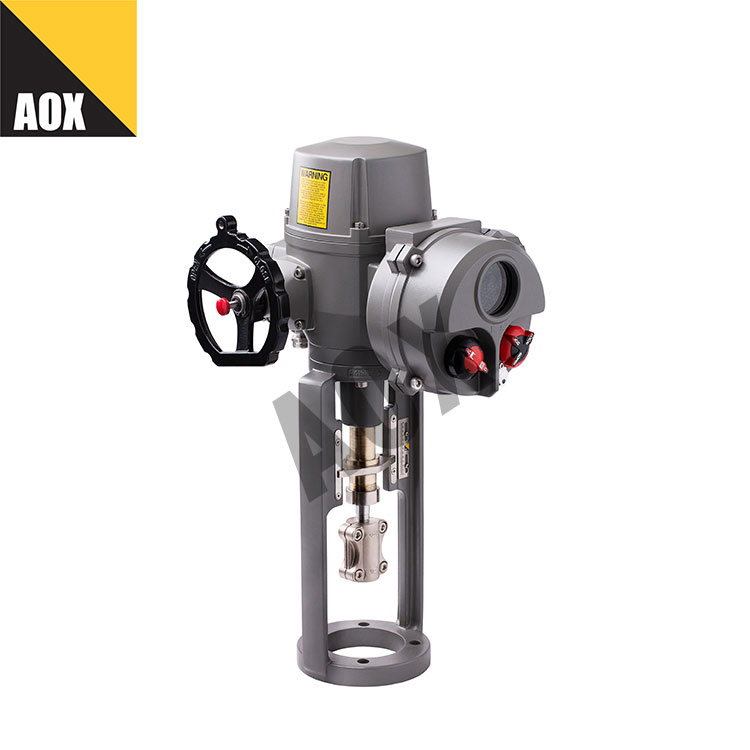Components often found in smart linear electric actuators
2023-11-03
A smart linear electric actuator is a device that converts electrical energy into linear motion and includes advanced features for control, monitoring, and automation. These actuators are commonly used in various industrial, automotive, aerospace, and home automation applications. Here are some key features and components often found in smart linear electric actuators:
1. Linear Motion Mechanism: The core component of a linear electric actuator is the mechanism that converts rotational motion into linear motion. This can be achieved through various methods, such as screw drives, belt drives, or lead screw mechanisms.
2. Electric Motor: A smart linear electric actuator is powered by an electric motor, usually a brushless DC motor or a stepper motor. These motors provide the rotational force necessary for linear motion.
3. Position Feedback: Smart actuators typically include sensors to provide accurate feedback on the position and speed of the actuator. Common position feedback technologies include encoders, potentiometers, or Hall effect sensors.
4. Control Electronics: These actuators are equipped with control electronics that allow for precise positioning and control. This includes motor controllers, microcontrollers, or programmable logic controllers (PLCs).
5. Communication Interface: Smart actuators often have communication interfaces like RS-232, RS-485, Ethernet, or wireless options (e.g., Bluetooth or Wi-Fi) to enable remote monitoring and control.
6. Software Control: Smart actuators can be controlled through software or programmable logic, allowing for automation, remote operation, and integration with other systems.
7. Built-in Safety Features: Some smart actuators include safety features like overload protection, over-temperature protection, and emergency stop mechanisms to ensure safe operation.
8. Programmability: Many smart linear electric actuators are programmable, allowing users to define specific motion profiles, speeds, and acceleration/deceleration curves.
9. Feedback and Diagnostics: These actuators can provide real-time feedback on their performance and condition, including data on load, temperature, and operational status.
10. Energy Efficiency: Smart actuators may incorporate energy-saving features like sleep modes and power management to reduce energy consumption when not in use.
11. Durability and Environmental Protection: Actuators designed for industrial applications are often built to withstand harsh environmental conditions, with features like IP (Ingress Protection) ratings to protect against dust and moisture.
12. Integration Capabilities: These actuators can be integrated into larger automation systems, robotics, or industrial machinery.
Applications of smart linear electric actuators include automated manufacturing processes, robotics, medical devices, aerospace systems, home automation (e.g., smart furniture), and more. These actuators provide precise and repeatable linear motion, making them a critical component in many modern technological systems.



